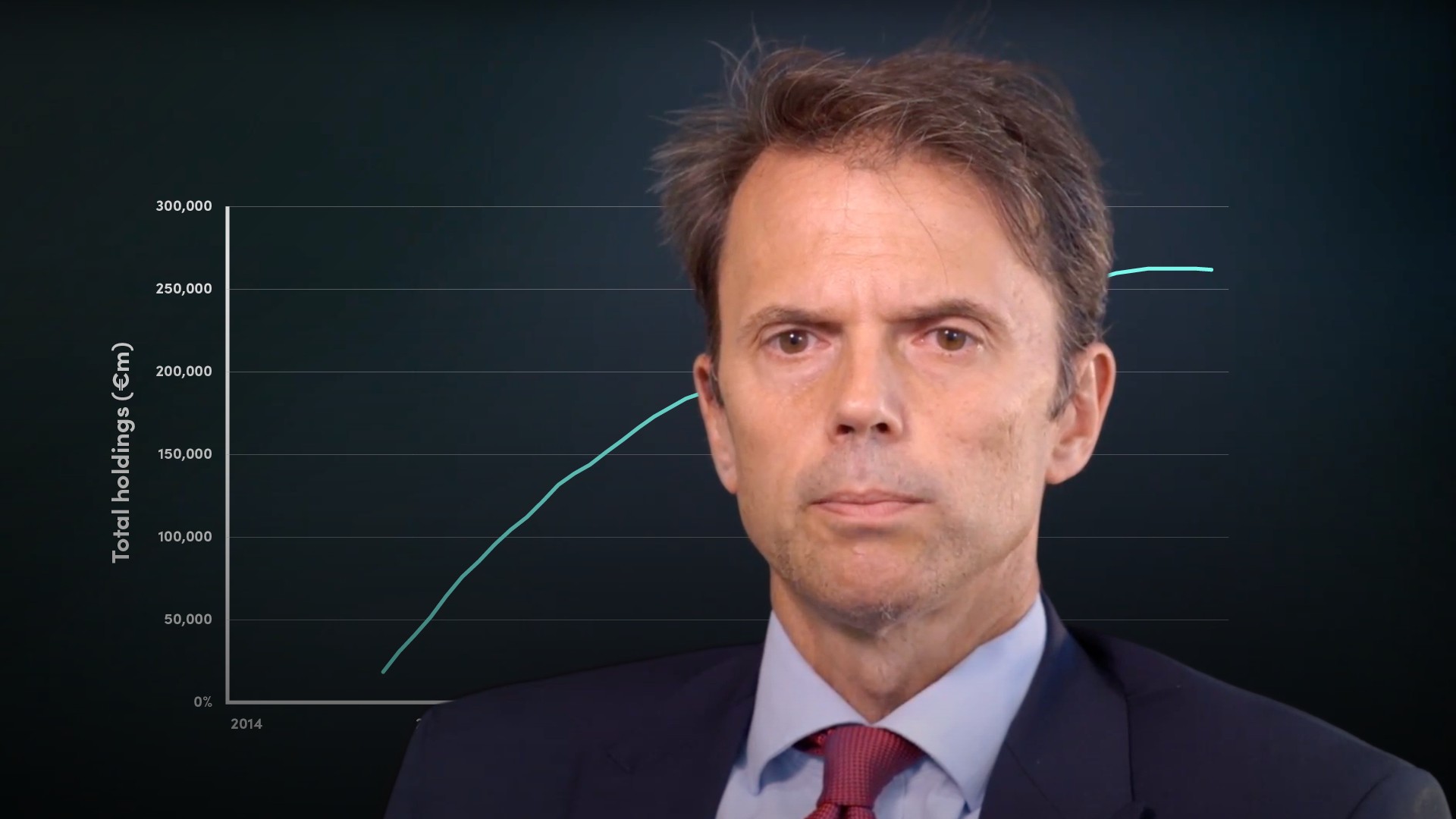
Introduction to Convertible Bonds

James Eves
30 years: Equity capital markets
James provides an overview of convertible bonds in this video by outlining their structure and then discussing the advantages and disadvantages of using them.
James provides an overview of convertible bonds in this video by outlining their structure and then discussing the advantages and disadvantages of using them.
Subscribe to watch
Access this and all of the content on our platform by signing up for a 7-day free trial.

Introduction to Convertible Bonds
16 mins 16 secs
Key learning objectives:
Outline the structure of convertibles
Comprehend how volatility, options, and dividends are looked at by investors
Understand the advantages and disadvantages of convertibles and who invests in them
Learn about the different types of options and the delta of convertibles compared to the share price
Overview:
The convertible or 'equity linked' market is one of the most varied in terms of structures – from bonds that convert in shares at maturity, through to ones with conversion premiums as high as 70%. Convertible bonds have been used for decades but it was not until the development of option pricing models starting with Black and Scholes in 1973 that trading liquidity and the investor base really grew.
Subscribe to watch
Access this and all of the content on our platform by signing up for a 7-day free trial.
- Attractive cost of financing with the low annual coupon (average 2%)
- Potential issuance of equity at a significant premium to the current share price (average 30%)
- Tapping into a distinct convertible investor base
- Quick access – convertible bonds are typically sold in one day
- Ability to access market without a bond rating – over 50% of issues are not rated
- Uncertainty of outcome. Shareholder dilution, EPS forecasts, leverage levels will have an element of uncertainty
- Wrong way round capital – when your share price falls it is a bond, whereas it is equity when the price rises. The positive of this situation is that if a company is growing – leading to a higher share price, the convertible will turn into equity, providing more capital for growth
- Hedging impacts share price. It is correct that if hedge funds represent a majority of investors and fully hedge their position, there can be some share price selling pressure
Subscribe to watch
Access this and all of the content on our platform by signing up for a 7-day free trial.

James Eves
There are no available Videos from "James Eves"



























